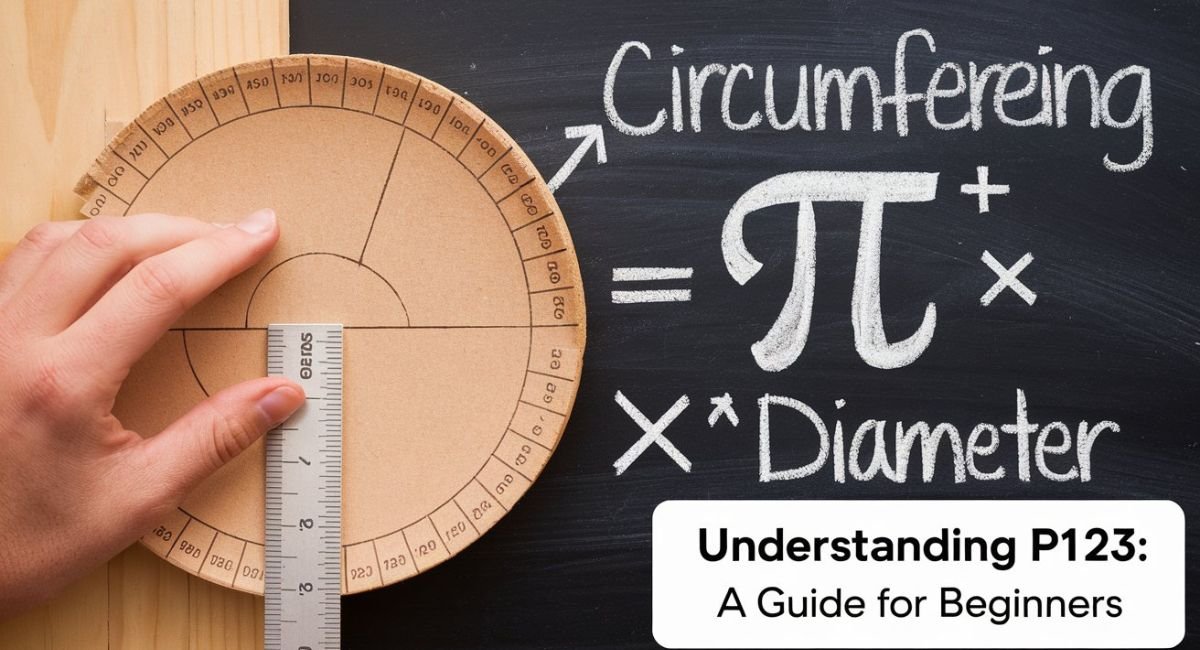What is Pi123?
Some programming and math-based fields are beginning to use the term Pi123, which remains relatively unknown. It may not be as famous as Pi (3.14159) but to certain people and specific situations they encounter at their work, it’s quite precious. It combines an aspect of circles, which is pi from mathematics to sequence element that comes with some programming paradigms. That is, to understand this, we have to unpack some of the existing principles in both mathematics and coding as well.
In this article written in plain English, you will discover what pi123 is and how you can use this symbol in programming. We will also consider the mathematical usefulness of it and why it is getting popular in today’s computing landscape.
Breaking Down the Basics of Pi
Now, where does pi123 fit into all of this? It is based on the idea of pi, but it contains sequences that can be used in programming or more complex, mathematical sequences.
Pi123 in Programming Terms
Sometimes it is used as a sequence or a placeholder in several programming languages. It may refer to a loop sequence or a code value placeholder in this regard. Programmers who carry out mathematical operations can use pi123 as a distinct identification mark or code, if for instance using loops, or when defining functions that involve circular operations.
The word itself can’t be used in programming languages since it’s not an official term but computation as in P _{(123)} where P = continuous loop or sequence from math, can be used in invocations of custom scripts or programs.
Use Case Example
In a Python code snippet, It could hypothetically represent a sequence in a loop:
for i in range(123):
result = 3.14159 * i
print(result)
In this example, the loop runs 123 times, multiplying the value of pi by each increment in the loop. While this is a simple demonstration, It can be applied in more complex situations.
How Pi123 Relates to Mathematical Sequences
In mathematics, a sequence lists numbers arranged in a definite manner. The term “123” sometimes refers to numbers that follow a ratio similar to pi and are arranged in a specific order, such as the first 123 digits of pi or a series that uses numbers related to pi.
Such understanding comes in handy when solving problems that involve the operations on sets that contain endless sequences just like the value of Pi while at the same time exhibiting the sequence’s organized structures. But in a particular application like Computational Geometry this kind of sequence can be crucial in solving high level problems.
How Pi123 Can Be Applied in Everyday Calculations
As such for the normal layman or philosopher, they are unlikely to use pi123 in their day to day counting and calculations, but for most computer geeks, geometers, or physicists, it could be handy. Researchers observe the application in computational problems, encryption and decryption processes, and solving cyclic mathematical problems like waves, rotations, and signal processing.
Table: Difference Between Pi and Pi123
| Aspect | Pi | Pi123 |
| Mathematical Definition | Constant, Ratio of circle’s circumference to diameter (3.14159) | Mathematical or programming sequence combining pi and a numerical sequence |
| Usage in Programming | Rarely used directly, but referenced in geometric or trigonometric calculations | Used in iterative sequences, loops, and certain algorithms |
| Decimal Expansion | Infinite and non-repeating | Can involve the first 123 digits of pi or a sequence of pi multiples |
| Applications | Geometry, calculus, physics | Programming loops, cryptography, computational geometry |
Pi123 and Cryptography
Pi123 may also be quite helpful in another quite interesting sphere – cryptography. Cryptography is about the technique of making the communication secure by converting information into a code. In this field sequences, and mathematical constants, such as π, are employed for generation of keys, ciphers and codes.
Pi due to its figure that has no repeating digits is useful for generating random numbers, and this is important in cryptography. You can use pi in a sequence like pi123 to create encryption algorithms or increase the entropy of generated cryptographic keys.
Exploring Pi123 in Geometry and Trigonometry
Pi is valuable for finding areas and volumes of circular shapes, but you can use pi123 in some more abstract geometries. You can use pi123 for representing rotational sequences in 3D software or for calculating wave functions in trigonometric functions. They helped me make a rather qualitative approach to the problems where cycles, rotations or periodic functions are concerned.
For instance, in a circular rotation scenario, one may construe a pi123 sequence as representing an increment or stages of the rotation, thereby dividing the cycle into different points. This can be beneficial in situations where a circle is required, or, for instance, in certain evidential models.
How Pi123 Can Help in Computational Geometry
Computational geometry is a subject that interfaces precision geometry with problem solving capability of algorithms. Pi123 can find application in cases where the procedures have to be repetitious, such as evaluating the area between two curves, modeling physical phenomena, or design of paths and construction in an axonometric space.
Studying patterns with pi123 sequences can contribute to optimizing these algorithms. This can be achieved by incorporating iterative levels that build on the properties of pi. For instance, these properties include its infiniteness and the circularity of the concept.
FAQs
What is the primary use of pi123?
Pi123 is mostly applied in programming and math, where it can represent a sequence or a looping process. It is useful in algorithms, cryptography, and advanced computations involving geometry and periodic functions.
Can pi123 be used in real-world applications?
Yes, though its use is specialized. Pi123 might find application in fields such as cryptography, 3D modeling, computational geometry, and trigonometry.
How does pi123 differ from regular pi?
Pi (3.14159…) is a mathematical constant, while pi123 refers to a sequence or a structured process involving pi’s properties and numerical sequences.
Is pi123 widely recognized?
While certain programming or computational contexts can use Pi123 as a concept for custom sequences and processes, it is not a universally recognized term in programming or mathematics.
Can pi123 be used in cryptography?
Yes, pi123’s application in cryptography lies in its potential for generating sequences that can act as encryption keys or add randomness to security protocols.
Where would I encounter pi123?
You might encounter pi123 in specialized programming or mathematics projects, particularly in simulations, circular computations, or advanced algorithms.
Conclusion
Pi123 is quite different from pi, but as shown above, some programming, mathematical, and cryptographic fields use pi123. They can express iterative algorithms in code or geometrical relations of any level by using sequences of numbers with the constant pi. From cryptography to computational geometry, that is, when it comes to complex solutions, It can come in handy. Therefore, knowing both of the fundamental aspects will provide its potential in different areas of mathematics and electronic programming.




